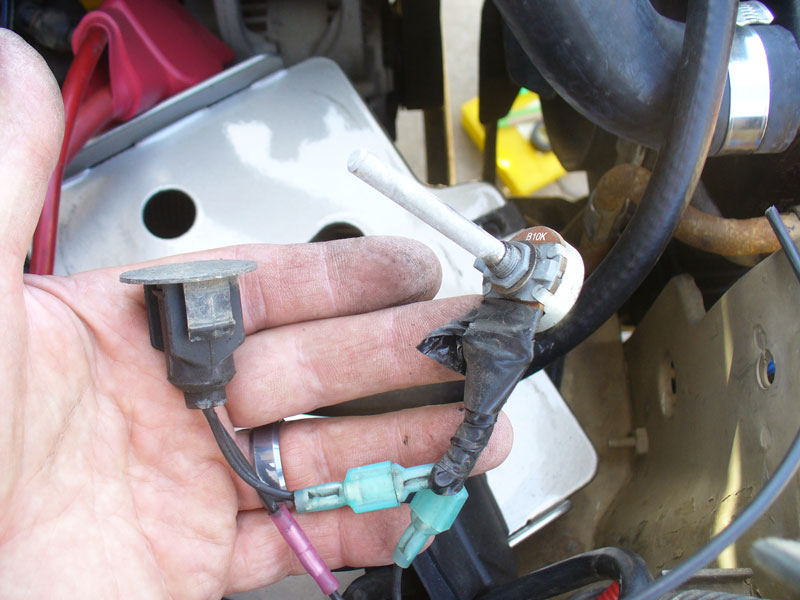burntkat
NAXJA Member #1145
- Location
- Charleston, SC
The issue with voltage when it comes to car audio is every time the bass hits it drains the battery a little bit at a time. I have a digital voltage meter that plugs into the cigarette lighter to monitor voltage level so the higher I can get it to begin with(within reason) the longer I can play it at competition level before I have to stop and let the batteries recover so every little bit helps, you know what I'm saying? Even if it is just 5%.
Yes, I know what you're saying. I used to install high-end stereo systems in cars.
You need to learn more about this stuff before you go spending money on it. Seriously.

